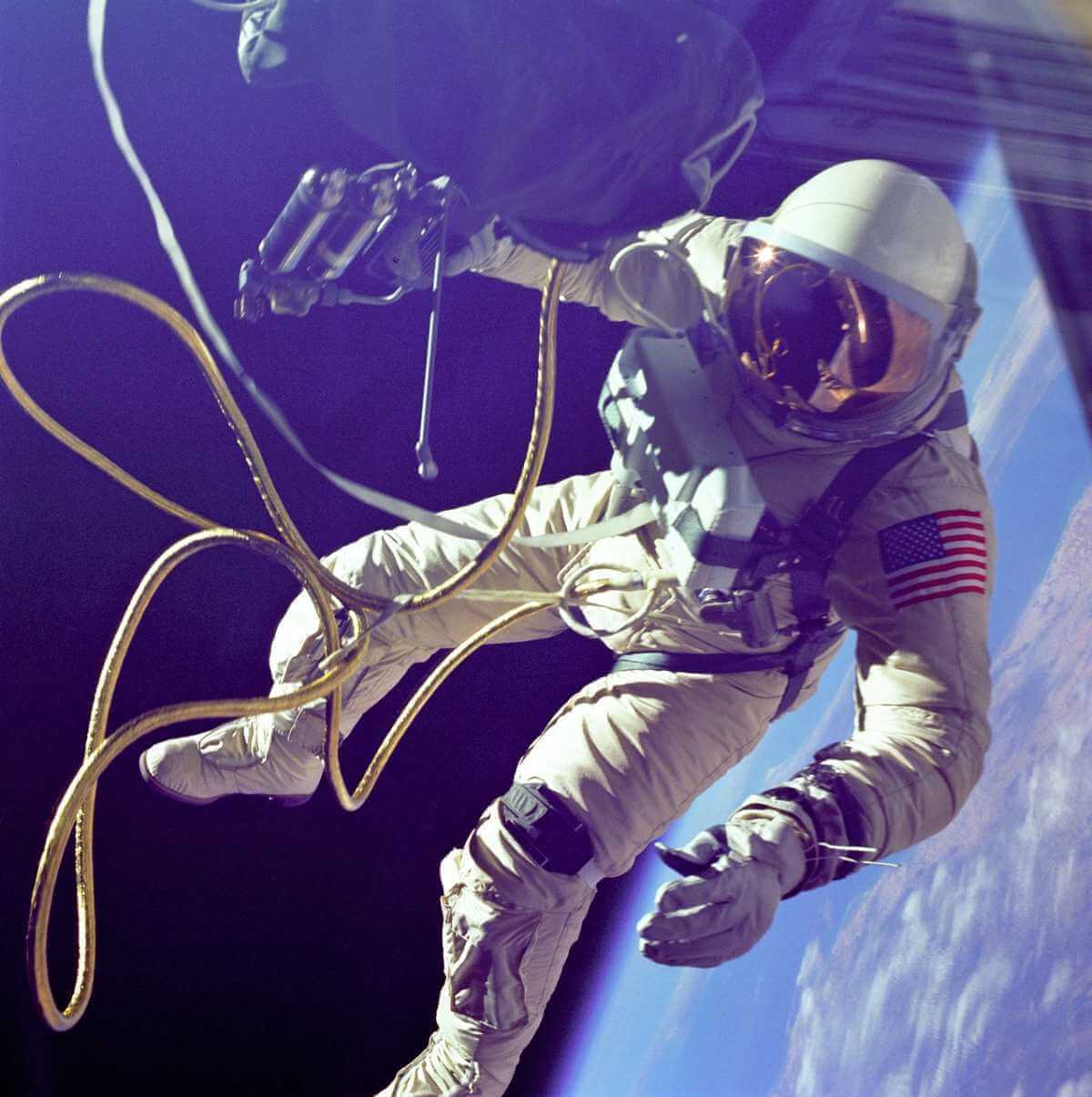The NASA ranks and positions system is like that of the military, but the responsibilities are vastly different. Each rank and role carry a separate set of responsibilities that are essential to managing and operating a spacecraft. The cockpit of a spacecraft is different from that of a normal airplane – it is lined with sophisticated scientific equipment used for traveling into space, and as such, requires a special set of skills.
Prior to 2009, astronauts that entered the selection program began as military personnel, but in 2009 NASA opened the corps to include teachers, scientists, doctors, and more. However, when the corps was opened to civilians, the percentage of military personnel dropped to 61%. When it comes to ranking, military personnel will keep their rank and will continue to rise as they gain experience. Those who are employed through civil service could rise from the GS-11 to GS-14 rankings.
What Are The Astronaut Ranks?
Members of the NASA Astronaut Corps will hold one of only two ranks. Astronaut Candidate is the rank used for those who are in the training process of becoming an astronaut.
Upon their graduation, the candidates will be promoted to the rank of Astronaut and receive their Astronaut Pin. The pins are issued in silver or gold. The silver pin is awarded to the candidates who successfully complete their training. The gold pin is awarded to the astronauts who completed a successful space flight.
What Positions Are Available to Astronauts?
The position an astronaut is given is based on the type of mission they are participating in. From the Mercury missions to the Artemis missions, there are twenty-seven positions with slight to major variations.
Mercury
- The position of “Pilot” was the only position during the Mercury missions. Their duty was to successfully complete their mission. The pilots during the Mercury missions were placed in a single-seat spacecraft. Their objectives were to put the first men in space and land safely back on Earth.
Gemini
- Command Pilot’s duty was to oversee the safety of the crew and spacecraft, as well as overall mission success. James McDevitt was the first Command Pilot.
- The position of the Pilot on Gemini was different from Mercury’s. The duties of the pilot were to serve as a systems engineer, copilot, and perform other mission objectives.
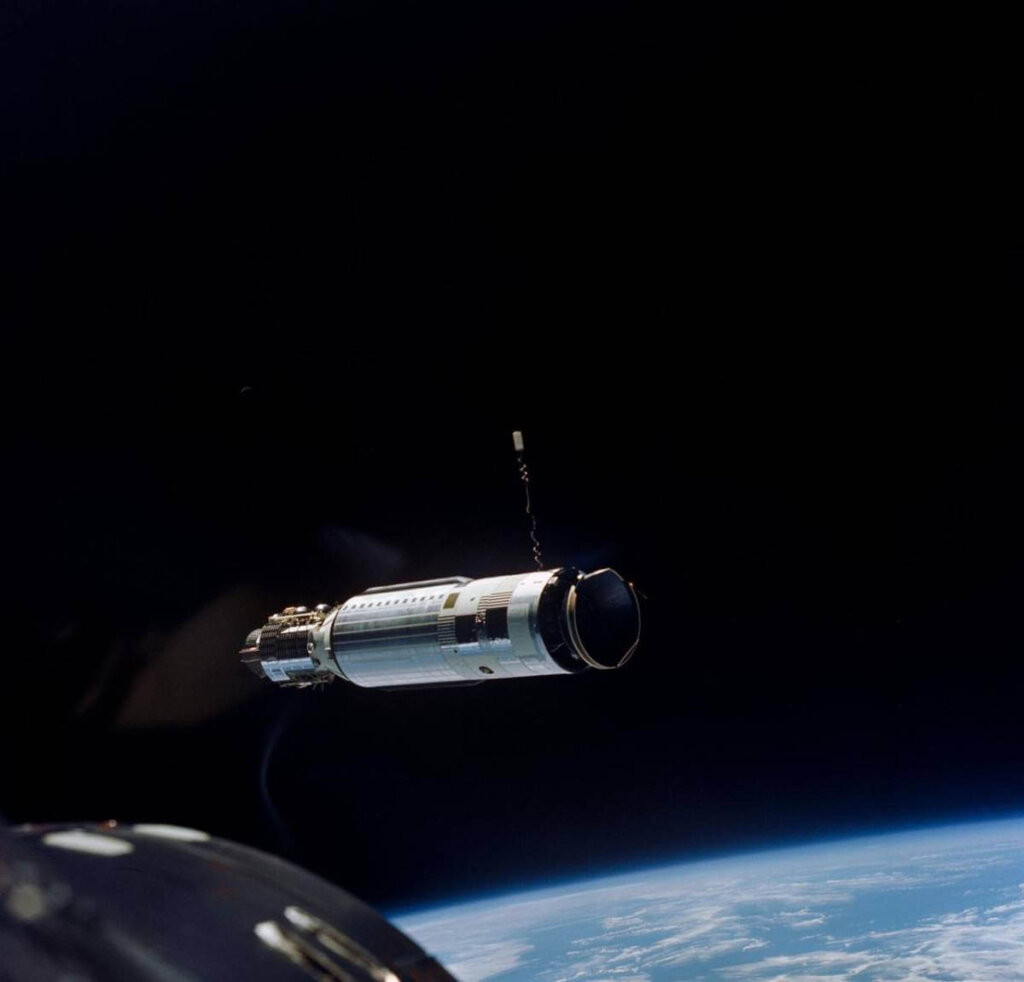
Apollo
- The position of “Commander” was first brought on during the Apollo mission. Their duties included mission success, overseeing crew and spacecraft safety, a pilot in command of spacecraft during the launch, trans-lunar coast, and the return to Earth.
- The position of “Command Module Pilot” is a bit lengthier in their duties. They are responsible for knowing the Command and Service Module and all their systems fully. During the launch phase, they would serve as flight engineers while the Commander was in full control of the spacecraft. Other duties included navigation, command of CSM during the lunar orbit phase, lunar photography, research, and study, deploying lunar satellites, relaying messages from mission control, and performing orbital rescue with the LM.
- The “Lunar Module Pilot” was a flight engineer during descent and ascent. They were also in charge of all the systems for the entire duration of the mission. Other duties included calling out key information and controlling the navigation computer and other subsystems of the craft.
- The “Docking Module Pilot” was tasked with providing guidance and navigation to the commander. At times, the DMPs would also fly the spacecraft as needed.
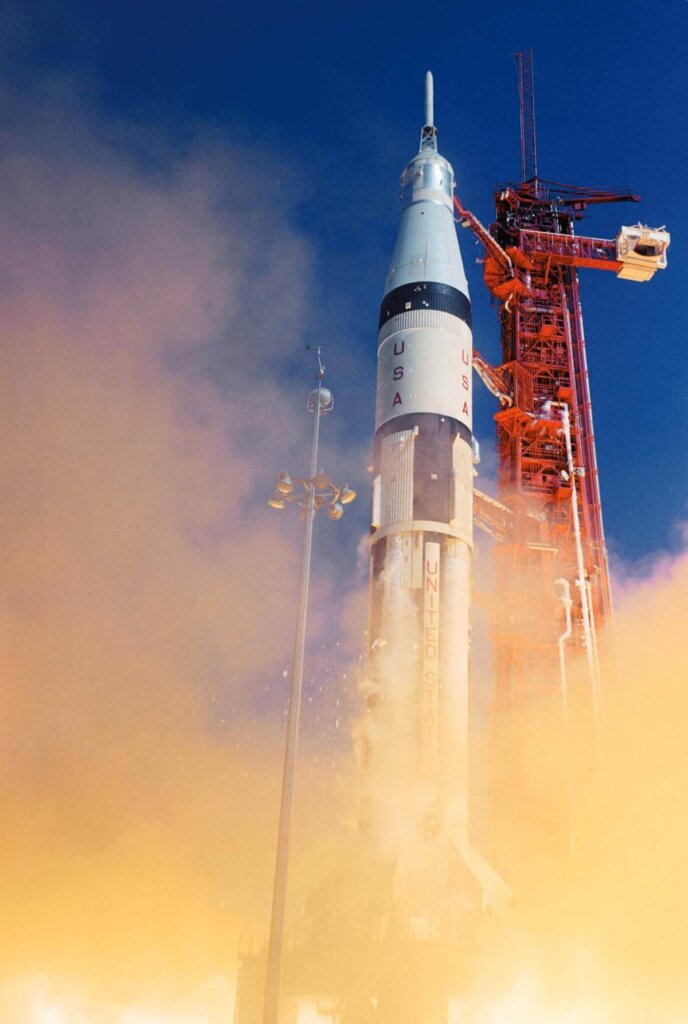
Skylab
- The Skylab missions consisted of a Commander, Pilot, and Science Pilot. The position of “Science Pilot” was to conduct research into the physical sciences while in space.
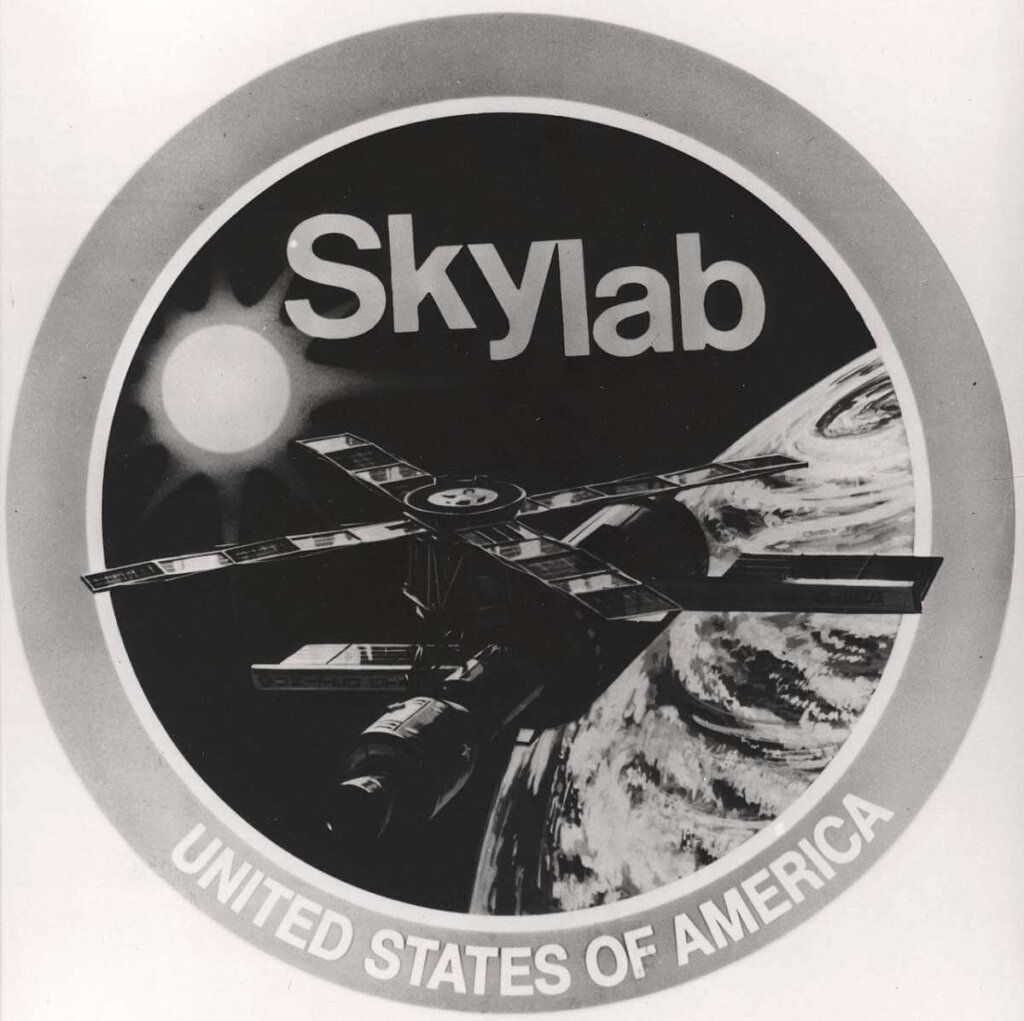
Space Shuttle
- The Space Shuttle missions consisted of a Commander, Pilot, and several others. The position of “Payload Commander” or a “PLC” was a Mission Specialist with additional responsibilities. These responsibilities included the management of science and other major payload elements during the mission.
- The position of “Mission Specialist” or “MS” was an astronaut who was assigned to the crew with mission-specific duties.
- An “International Mission Specialist” who had the same duties but may have had different mission-specific assignments assigned to them by their home agency.
- An “Educator Mission Specialist” had the same duties as an MP but with additional education-related responsibilities.
- “Flight Engineer” is considered an MS with the additional responsibility of assisting the Pilot and Commander. They also kept track of information from CAPCOM and called out milestones.
- The “Payload Specialist” functioned as a technical expert who accompanied payloads such as commercial or scientific satellites.
- The “USAF Manned Spaceflight Engineer” acted similarly to the Payload Specialist but instead were military personnel who accompanied the military payloads.
Commercial Crew Program
- The Commercial Crew Program consisted of a Commander, Pilot, Mission Specialist, and “Joint Operations Commander.” The JOC’s duties were to manage rendezvous, docking, and undocking with the International Space Station.
Artemis
- The Artemis program currently consists of Commander, Pilot, and Mission Specialist positions. However, since the Artemis program is the current space program NASA is conducting, more positions will arise.
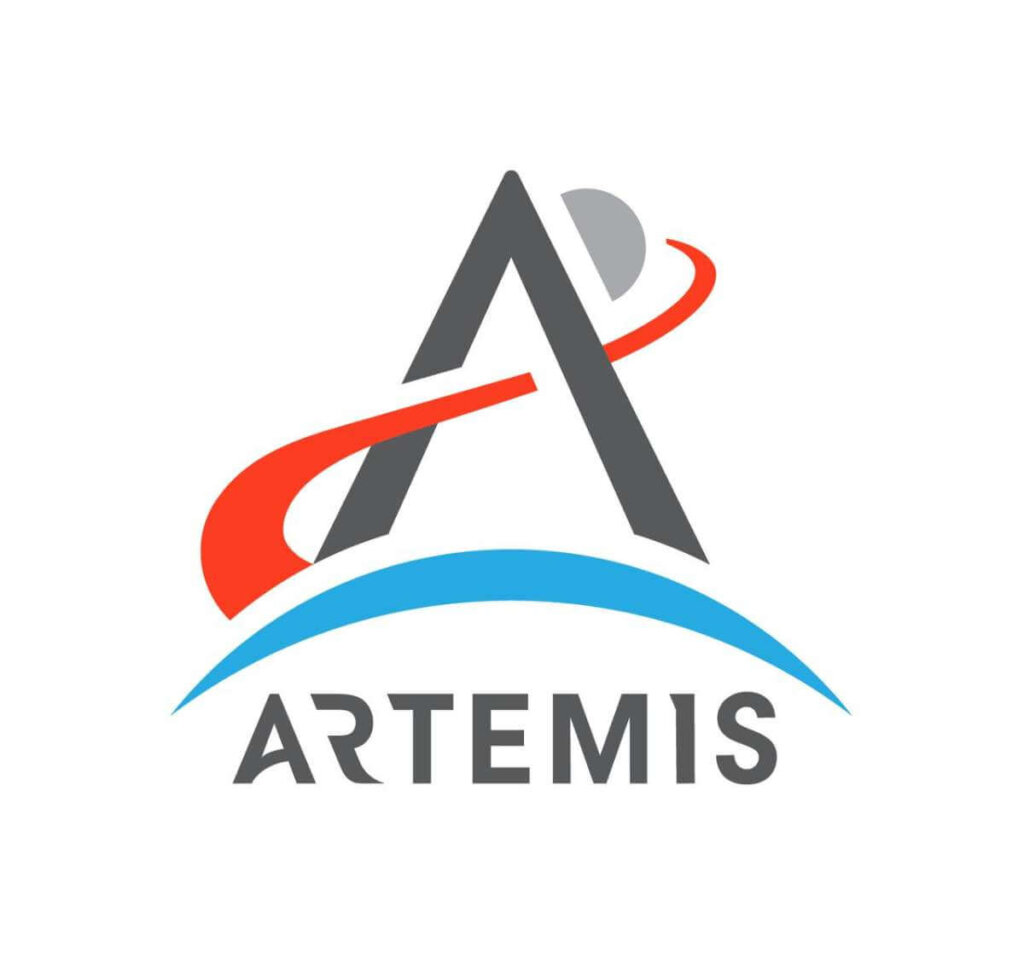
Conclusion
As you can see, each program had specific positions for each astronaut that was dependent on the type of mission they were conducting. Some positions may overlap with each other, such as the Pilot and Commander, but each astronaut played a special part that was crucial to mission success. With the continuation of the Artemis program, we will see additional positions added or brand-new ones with different responsibilities.

